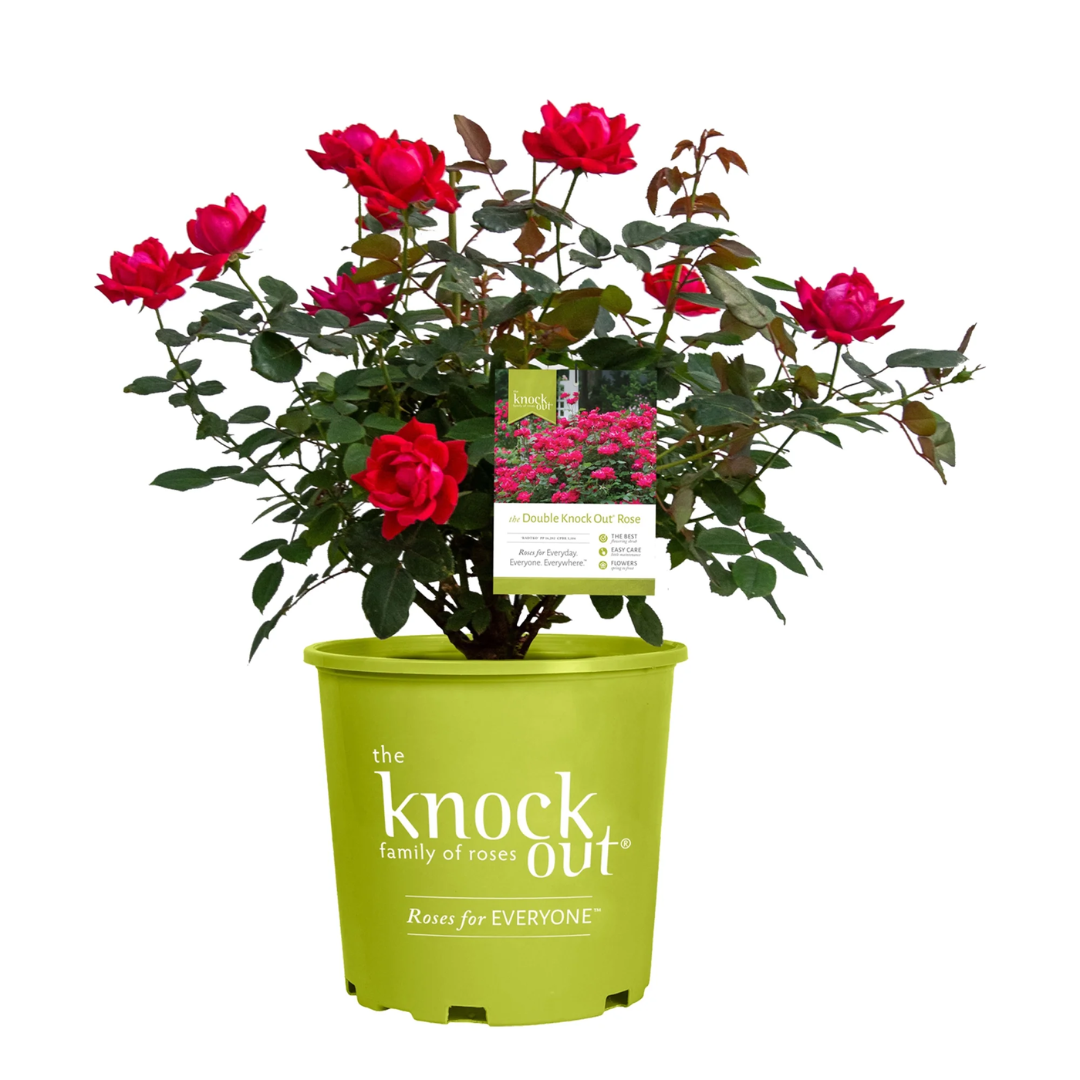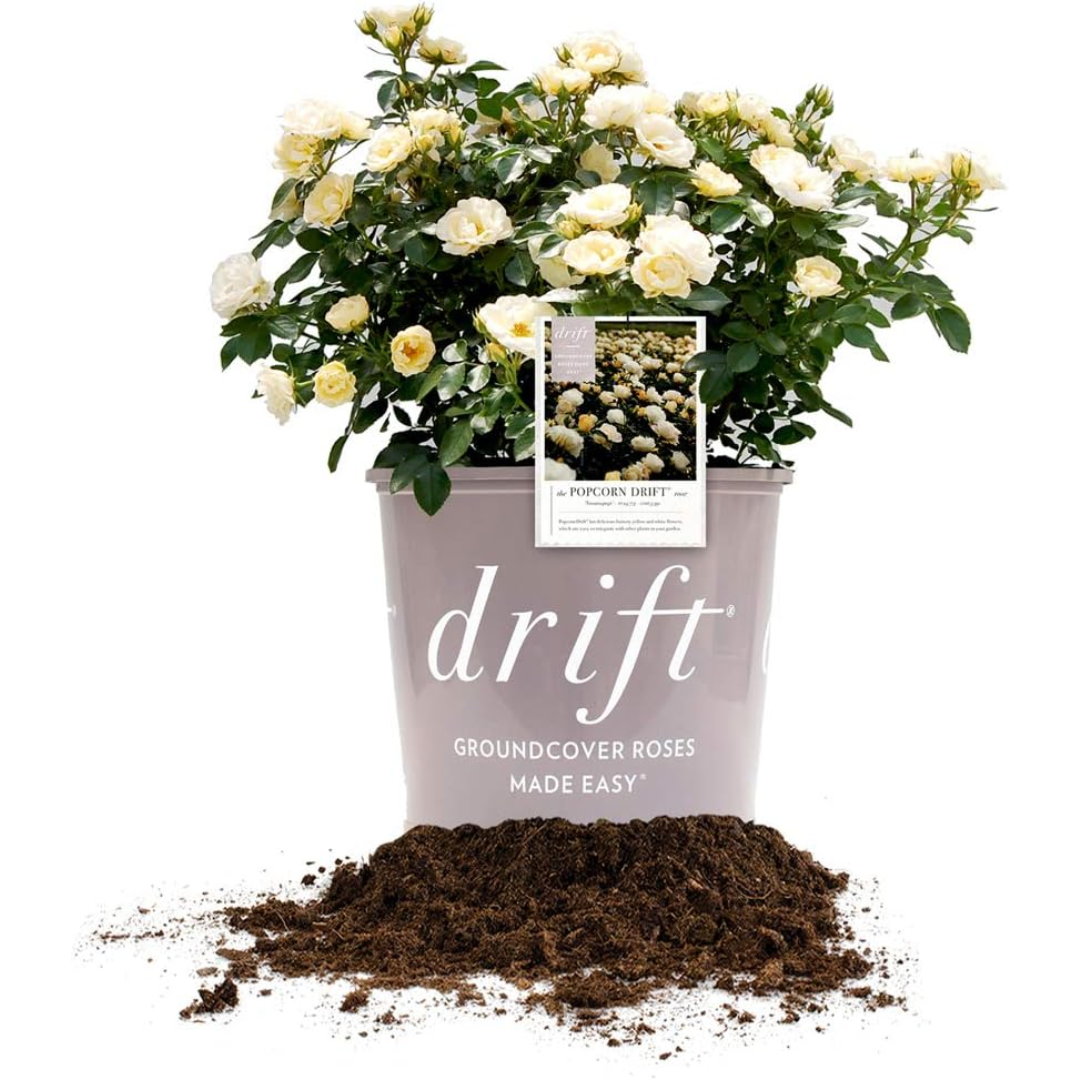Miniature Roses Make for a Ravishing Houseplant in Your Home — Here’s How You Should Take Care of It
Expert advice on what you need to do to bring this flourishing bloom into your space
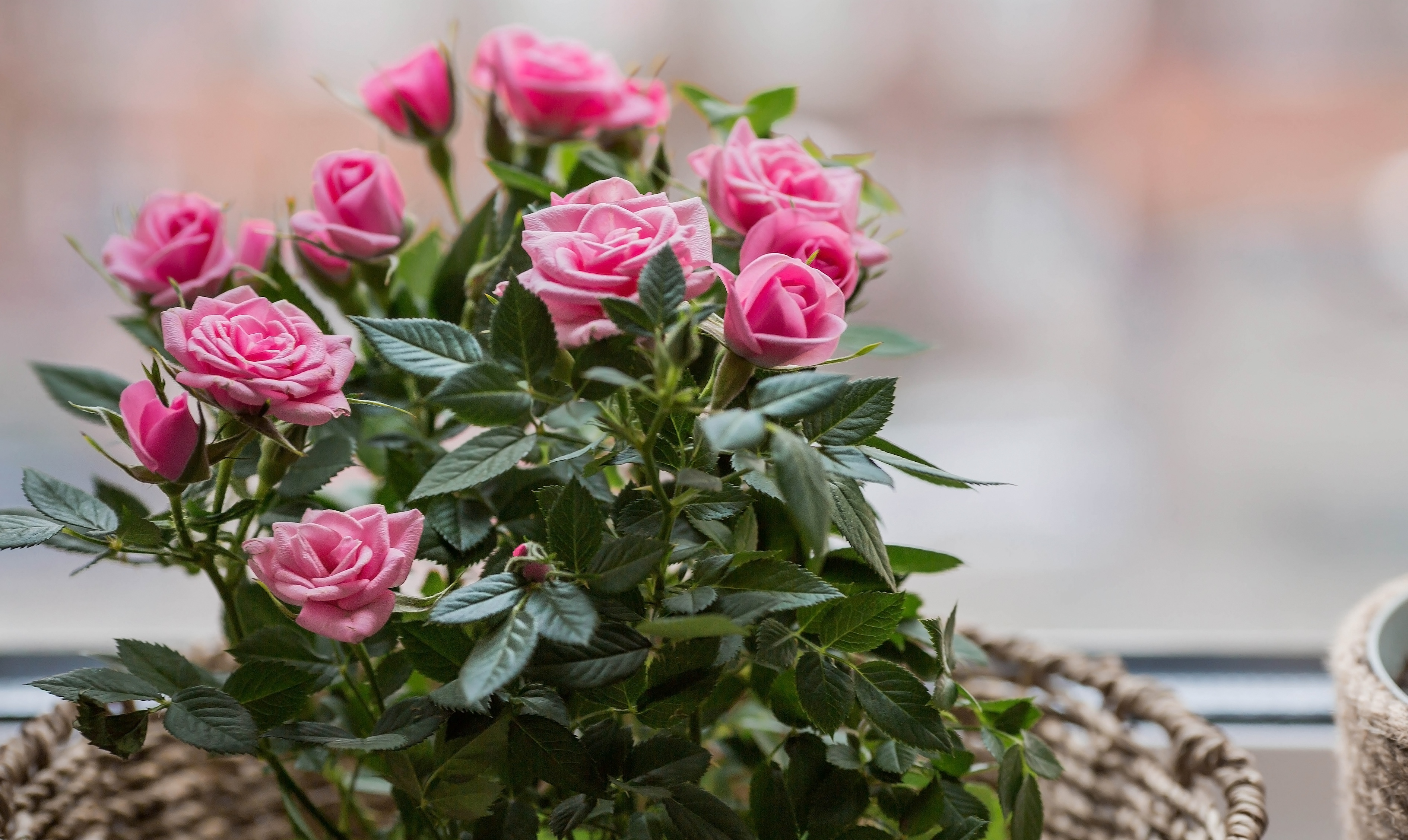
Growing miniature roses indoors is not just for your grandma. This queen of flowers can add color and charm to a modern home, as well as your backyard. In fact, the rose is the highest vibe flower. With a frequency of 320MHz, it's why historically, roses have been associated with love.
With good care, miniature roses can be one of the best winter houseplants, due to their ability to thrive outside during the summer and flower inside in late winter or early spring.
Growing miniature roses indoors is possible, if you follow some simple ground rules. See what our horticultural experts advise on how to care and grow these beautiful blooms for yourself.
How to Care For Miniature Roses
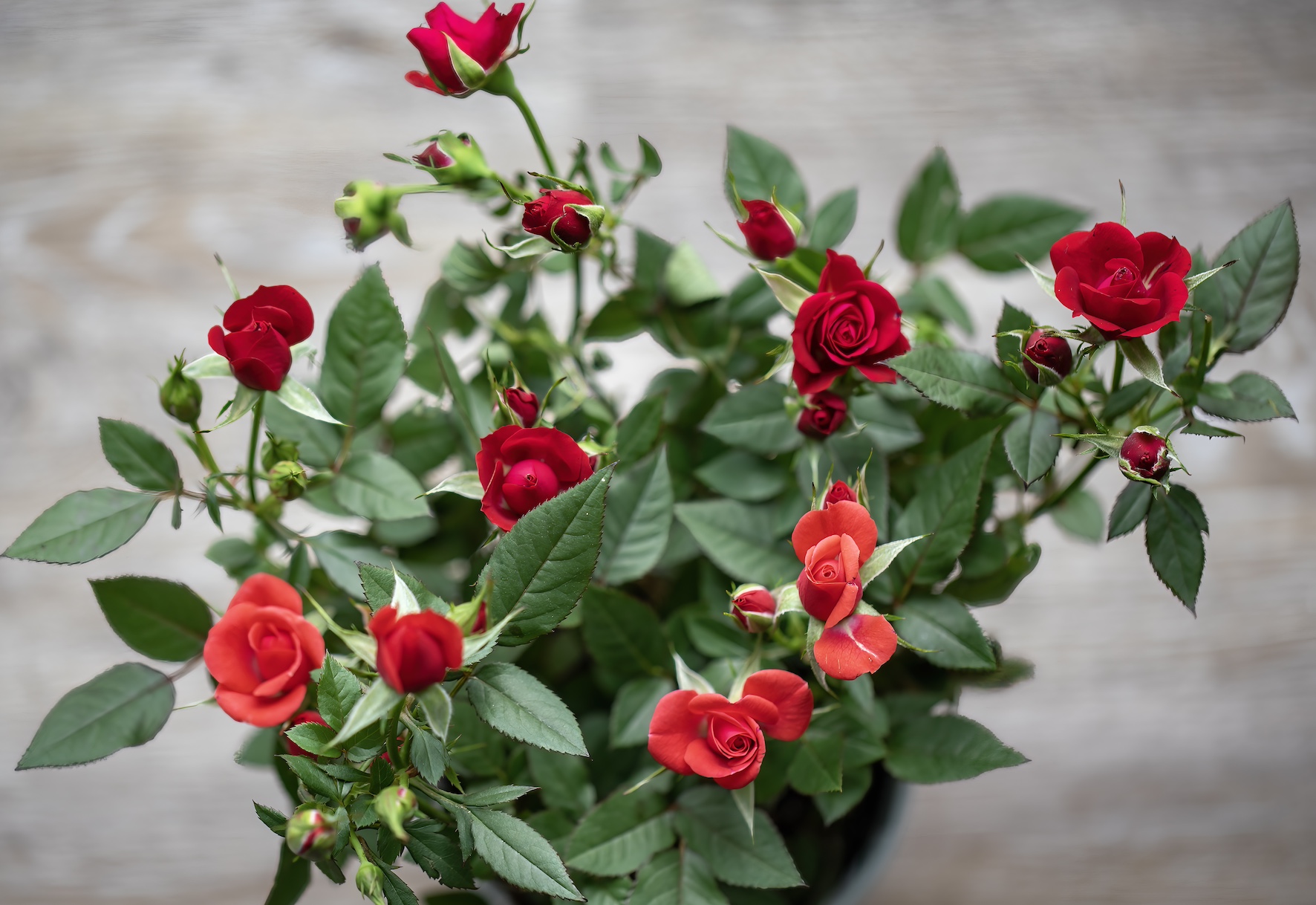
Due to their beautiful petals, miniature roses are one of the best indoor plants to add colour. Julia Omelchenko, resident botany expert at Plantum (the app that helps identify plants and improve their care) tells us that miniature roses can be a little demanding, but with proper care, they’ll grow quickly and bloom beautifully.
"Miniature indoor roses are an excellent choice for those who don’t have a garden but still want to enjoy these elegant plants at home," says Julia. "A beginner-friendly option is to buy an already established plant. If you do this in winter, cover the plant during transportation to protect it from temperature fluctuations."
Here's what you need to do to care for miniature roses:
Step 1 - Light: Get the light right and most houseplants will thrive. This is especially true of flowering varieties, as they need adequate light levels in order to bloom. "Place the miniature rose in a well-lit spot where it receives 6–8 hours of daylight," says Julia. "If the sunlight is too intense, shield the plant with a curtain to prevent leaf scorch."
Step 2 - Temperature: Although, miniature roses love light, Julia tells us they don't cope well with drafts, so place them somewhere where the temperature will be relatively even. "Don’t expose the rose to drafts or heating appliances," says Julia. "The best temperature for indoor roses is 64–75°F (18–24°C)."
Step 3 - Water: Watering houseplants correctly is as important as light. However, how often you should water houseplants depends on many factors. As important as the type of plant itself is its location and the season. Plants use more water when there is more light, as they use it to photosynthesize. So they often require less water during the winter.

"When you buy a miniature rose, water it abundantly—soak the soil all the way down so that excess liquid drains out of the pot holes," says Julia. "Empty the saucer after watering to prevent root rot. Let the topsoil get dry between waterings but avoid over-drying to prevent foliage yellowing and drying."
Missouri-based Charlotte Ekker Wiggins, author, gardener, and founder of Bluebird Gardens, explains that during the winter, it's totally okay to keep indoor miniature roses on the drier side. "Winter over-watering is the leading cause of killing off the plant," says Charlotte. "I keep them moist with a spray bottle every other day. However, before spraying, I put my finger into the soil to test the moisture levels first, so that I am not getting the soil too wet."
Step 4 Fertilizer: Julia explains that proper feeding is important for healthy growth and lush blooming. "Use water-soluble fertilizers designed for flowering plants once every 3–4 weeks during the period of active growth, from spring to early fall," she says. "When the roses go dormant, scale back on watering and stop fertilizing."
"Use a quarter of the recommended soluble fertilizer if you water with a spray bottle," adds Charlotte. "This can help get nutrients into the plant but dry the leaves, if they remain wet after about 10 minutes. Wet leaves can encourage pests and diseases."
How to Grow Miniature Roses Indoors
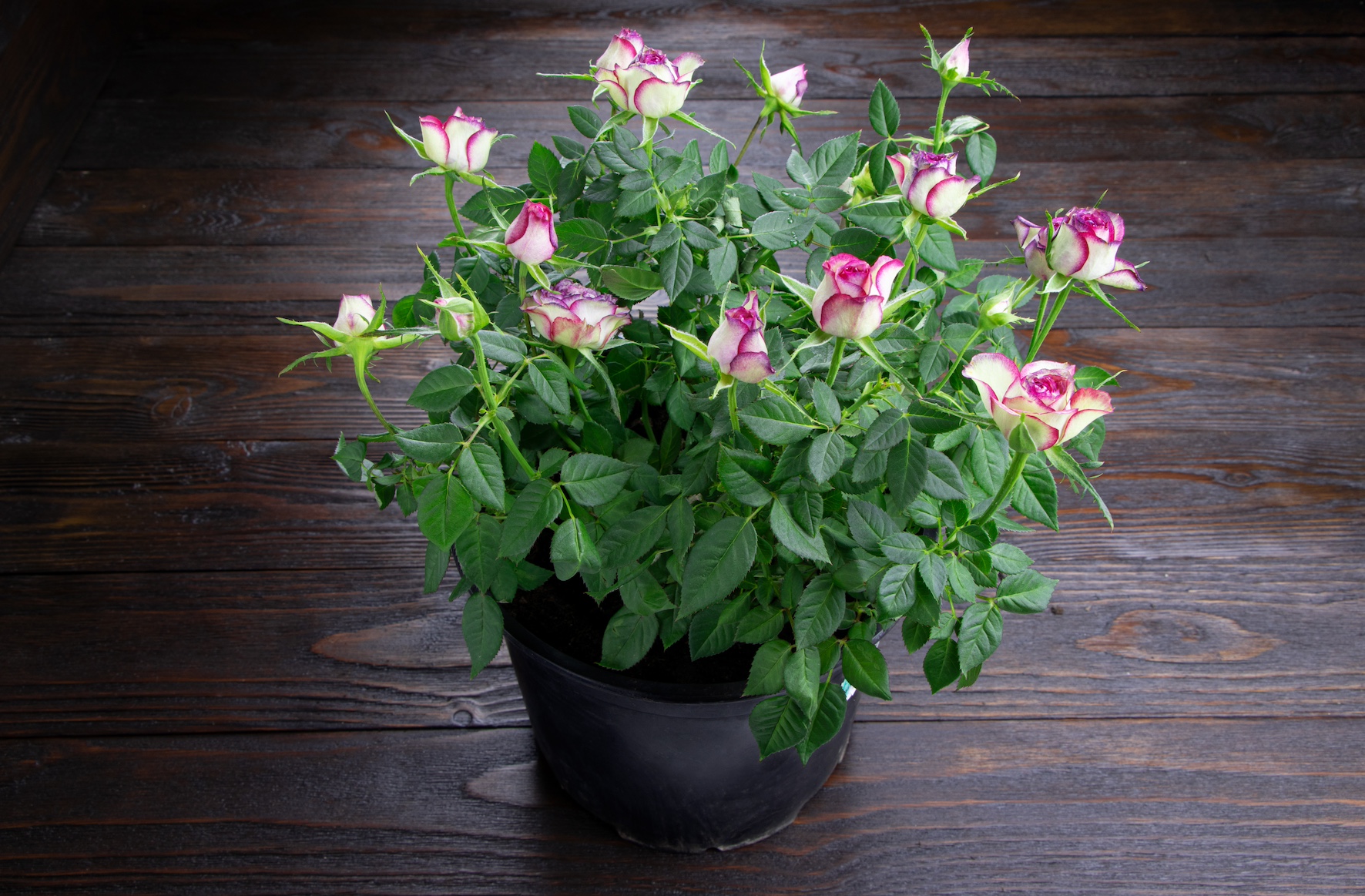
If you've chosen miniature roses for your indoor garden, you will be rewarded with beautiful blooms. However, this plant requires some dedication, as its care will differ throughout the year.
Repot in spring: Julia explains that miniature roses require repotting once a year or two to refresh the soil and allow for root growth. "The best time for repotting is early spring before active growth begins," says Julia.
"Avoid doing this during blooming, as repotting stress will make the buds wilt and dry out. Repot carefully to minimize root damage. Choose a pot that’s slightly bigger than the root system and has drainage holes. You can place a layer of expanded clay pebbles at the bottom. Opt for a nutrient-rich yet loose, well-drained mix."
Move them outside in summer: Potted roses do well if moved outside to a backyard, balcony or window ledge in summer. "Gradually acclimate them by starting in the shade and slowly increasing sunlight exposure over a few days," says Julia. "Protect the plants from harsh weather like wind and heavy rain."
"Living in USDA Hardiness zone 5b, our last frost date is around Mother's Day in May," says Charlotte. "So I keep mine alive and happy indoors before then."
Bring them indoors before the first hard frost: In winter, bring your potted roses into a room with a temperature of 41–46°F (5–8°C), if you can, so they get a chance to 'hibernate'–and avoid drafts. "Indoor and outdoor temperature increases and decreases should be gradual," says Julia.
Maintenance: "During flowering, remove spent blooms above the first set of healthy leaves to encourage new buds and maintain a neat appearance," says Julia.
FAQs
What are the common problems with miniature roses?

There are a number of issues that can afflict indoor miniature roses. Julia Omelchenko, a resident botany expert at Plantum, talks us through them and tells us what we need to do.
"Potted roses are susceptible to pests, such as aphids, spider mites, whiteflies, scale insects, and thrips," says Julia. "If you spot any signs of infestation, remove pests with a damp cotton pad and apply an insecticide or acaricide, following the instructions on the packaging. You may need to repeat the treatment a few times. To ward off spider mites, mist roses from time to time, as these pests like dry conditions.
Julia explains that conversely, excessive humidity and poor air circulation can create favorable conditions for fungal diseases, such as powdery mildew and black spots. "To prevent infections, maintain moderate humidity and ensure proper ventilation," says Julia. "If fungal infections occur, remove the affected leaves and apply a fungicide.
"Care mistakes, such as poor lighting, unsuitable watering, and temperature changes, can lead to foliage yellowing and drop," she continues. "Place the plant in a bright location, water consistently, and avoid exposure to drafts or heating appliances. Use a humidifier or mist miniature roses occasionally if the air is too dry. With the right care, miniature roses can thrive indoors, bringing beauty and elegance to your home."
Ravishing Roses for Your Home
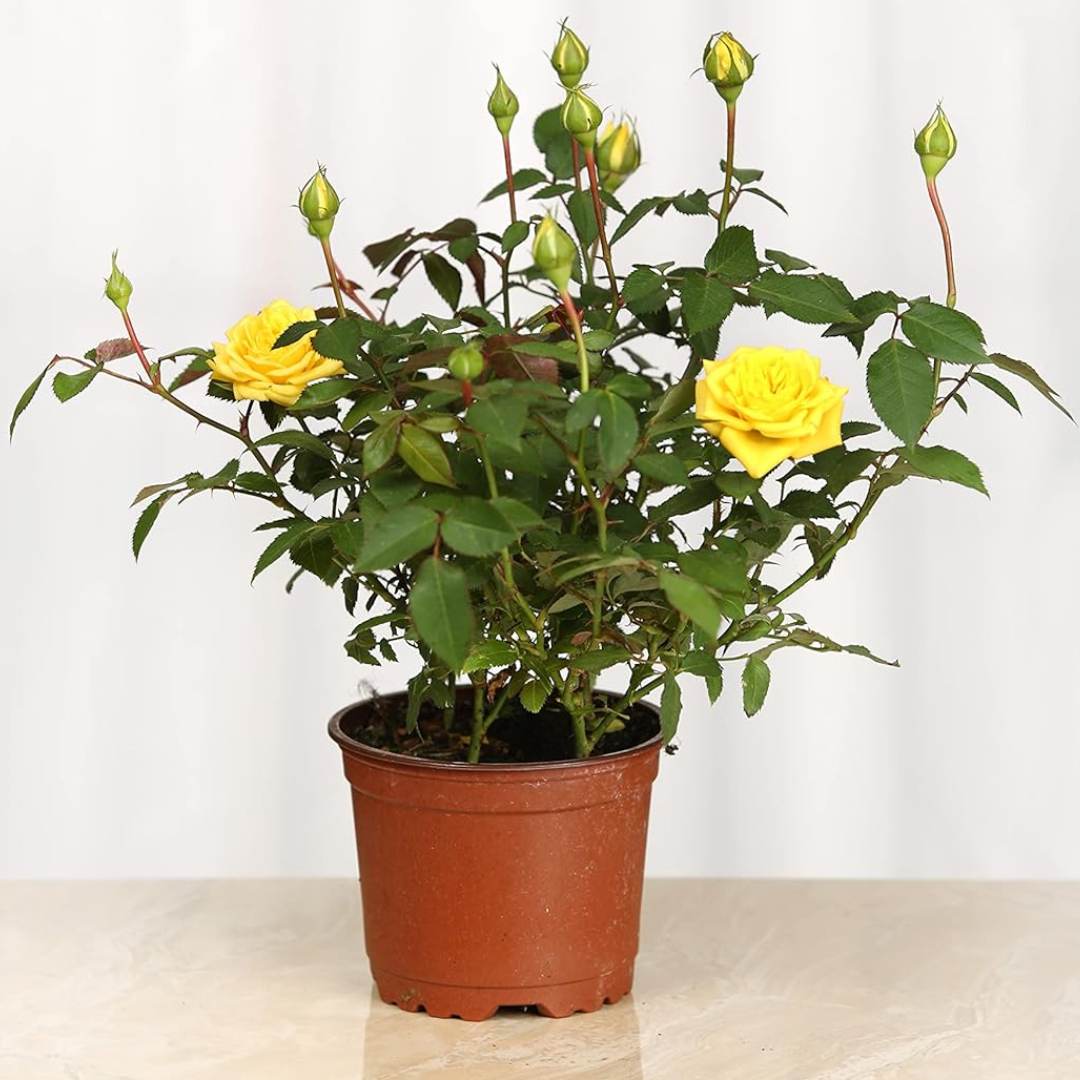
Price: $13.99
Size: 4"
Bright and beautiful, this mini yellow rose bush is the perfect addition to any home. It's a convenient size for small spaces and will look lush on a balcony or by a windowsill.
Be The First To Know
The Livingetc newsletters are your inside source for what’s shaping interiors now - and what’s next. Discover trend forecasts, smart style ideas, and curated shopping inspiration that brings design to life. Subscribe today and stay ahead of the curve.
Jacky Parker is a London-based freelance journalist and content creator, specialising in interiors, travel and food. From buying guides and real home case studies to shopping and news pages, she produces a wide range of features for national magazines and SEO content for websites
A long-time contributor to Livingetc, as a member of the team, she regularly reports on the latest trends, speaking to experts and discovering the latest tips. Jacky has also written for other publications such as Homes and Gardens, Ideal Home, Red, Grand Designs, Sunday Times Style and AD, Country Homes and Interiors and ELLE Decoration.
-
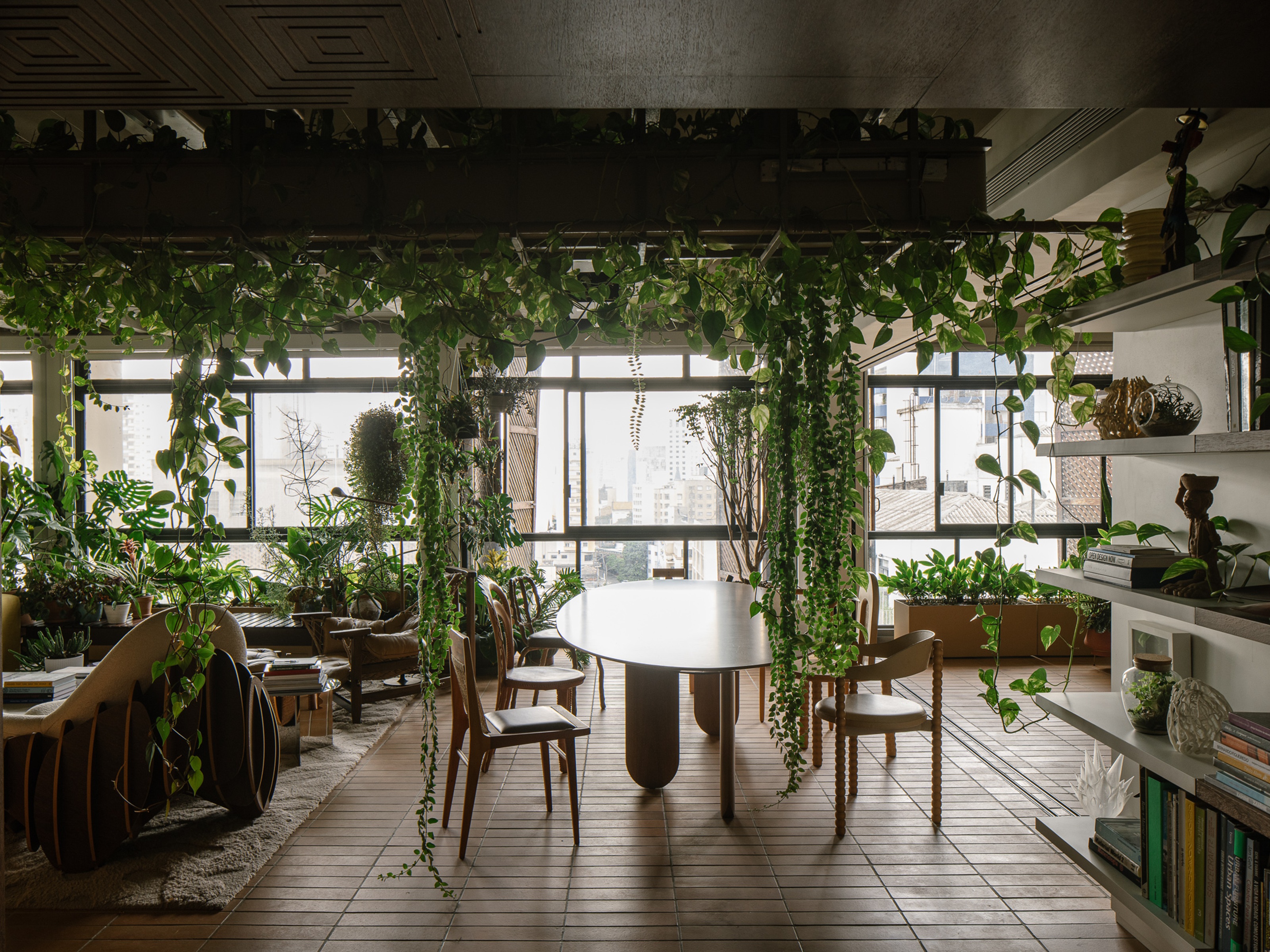 What Is Biophilic Interior Design? I'm an Actual Biophilic Designer, and This Is How to Apply It to Your Home
What Is Biophilic Interior Design? I'm an Actual Biophilic Designer, and This Is How to Apply It to Your HomeA biophilic designer explains the core principles of this practice, and the easy ways you can apply it to your home's design
By Marianna Popejoy
-
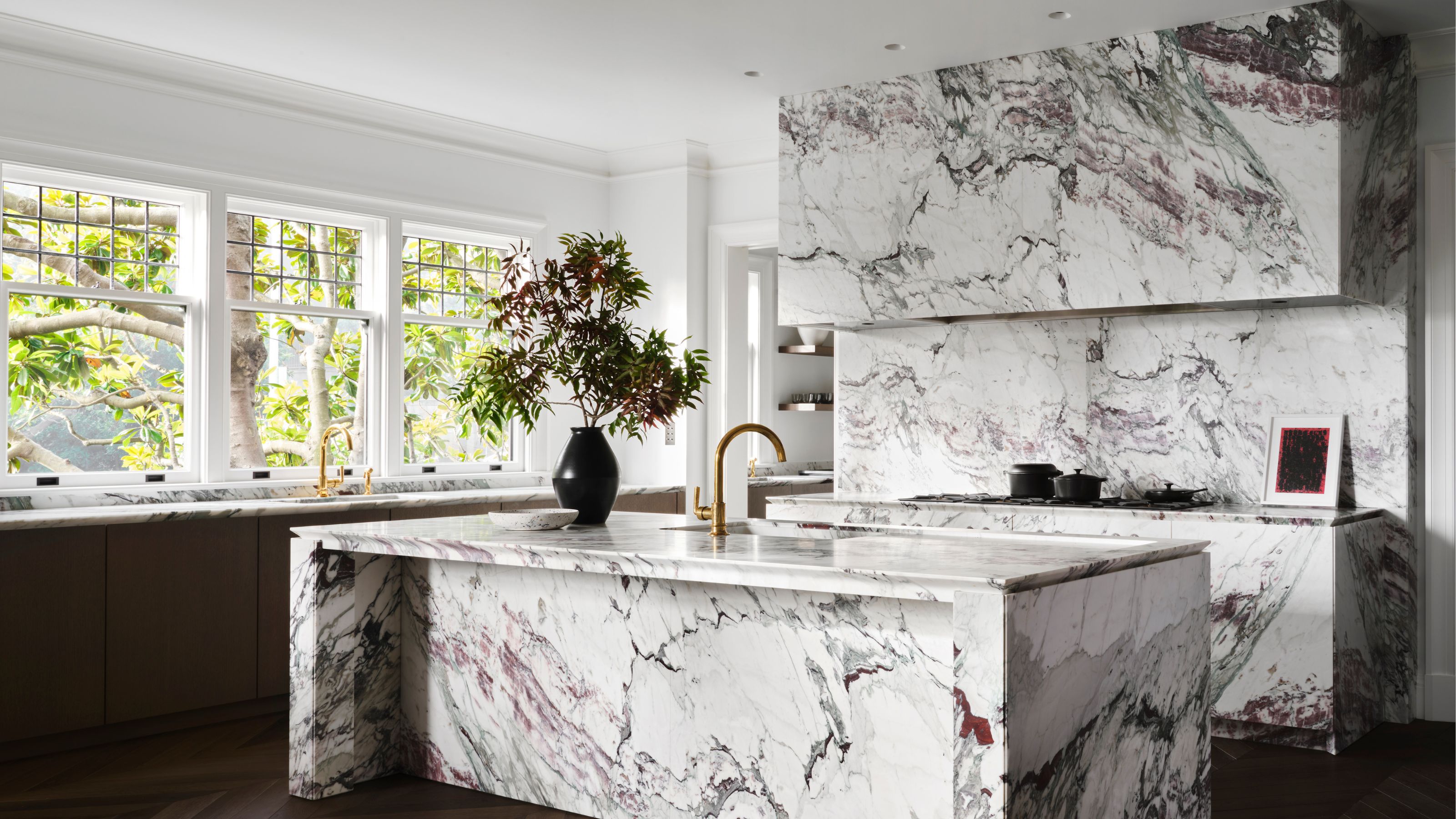 5 Kitchen Stone Trends We’ll See in 2025 — Experts Highlight the Show-Stopping Finishes Taking Center Stage
5 Kitchen Stone Trends We’ll See in 2025 — Experts Highlight the Show-Stopping Finishes Taking Center StageLet’s be honest: there’s nothing more lasting and versatile for kitchen surfaces than stone. These are the timeless choices you should make in 2025
By Aditi Sharma
-
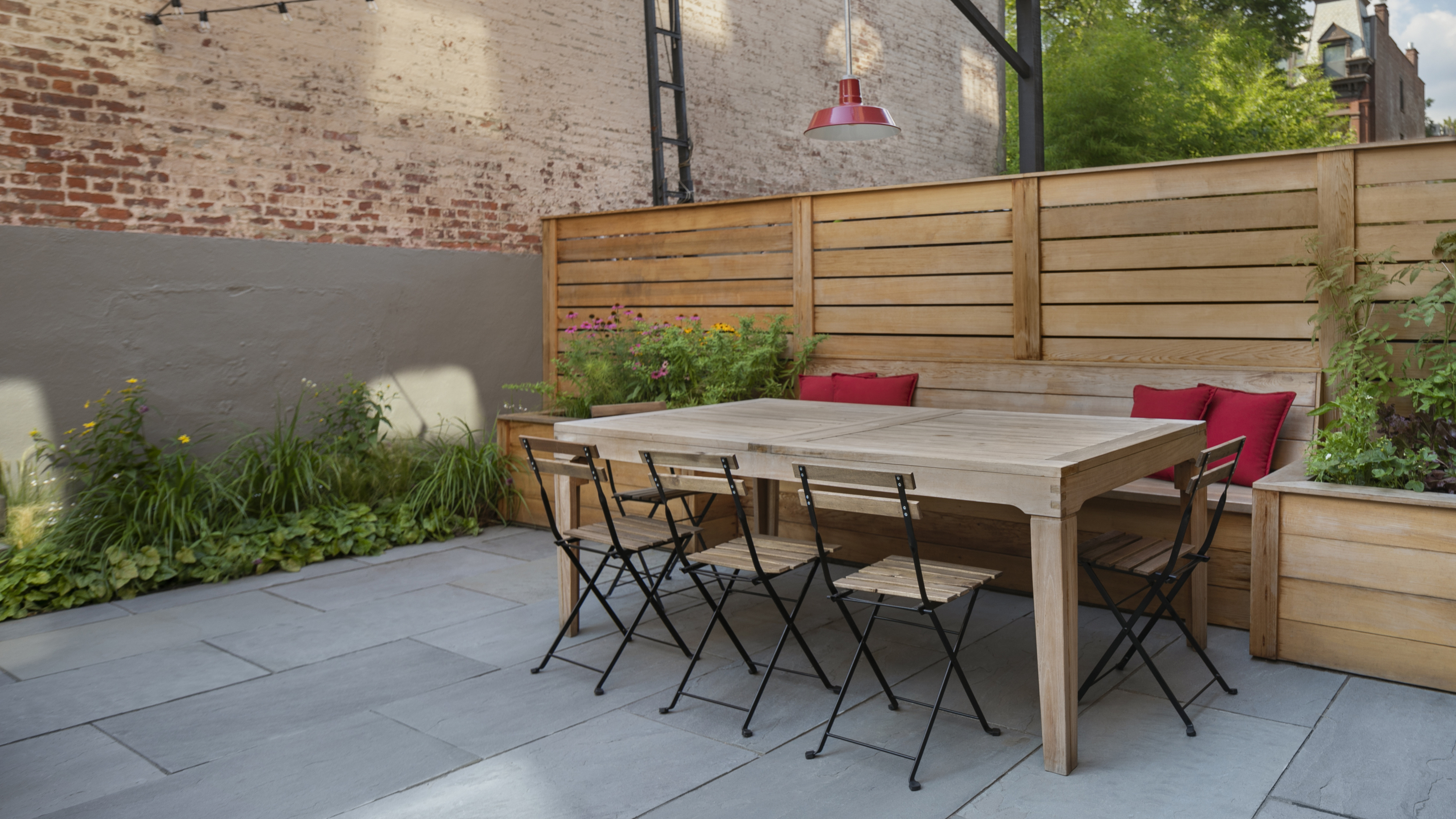 5 Things That Could Be Making Your Patio Look Cheap That Any Landscape Designer Worth Their Salt Would Notice
5 Things That Could Be Making Your Patio Look Cheap That Any Landscape Designer Worth Their Salt Would NoticeNow is the time to prime your patio for the spring-summer season, but steer clear of these common pitfalls that could be devaluing your space
By Lilith Hudson
-
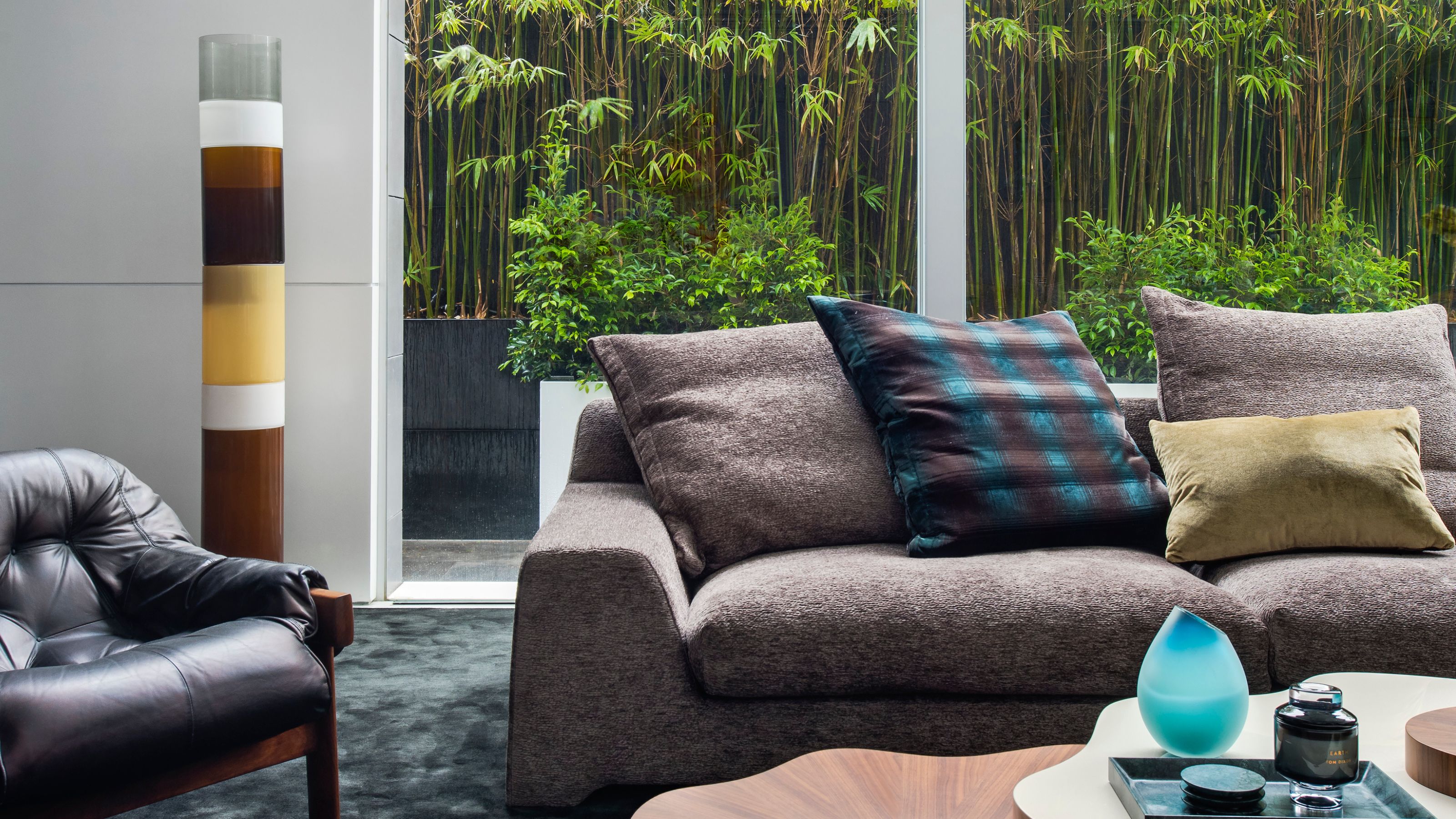 These Are the Dos and Don'ts of Bamboo Plant Placement — Follow This to Avoid Bad Feng Shui
These Are the Dos and Don'ts of Bamboo Plant Placement — Follow This to Avoid Bad Feng ShuiBy following the experts' guidance on where to place this houseplant you can usher luck, wealth, and prosperity into your home
By Lilith Hudson
-
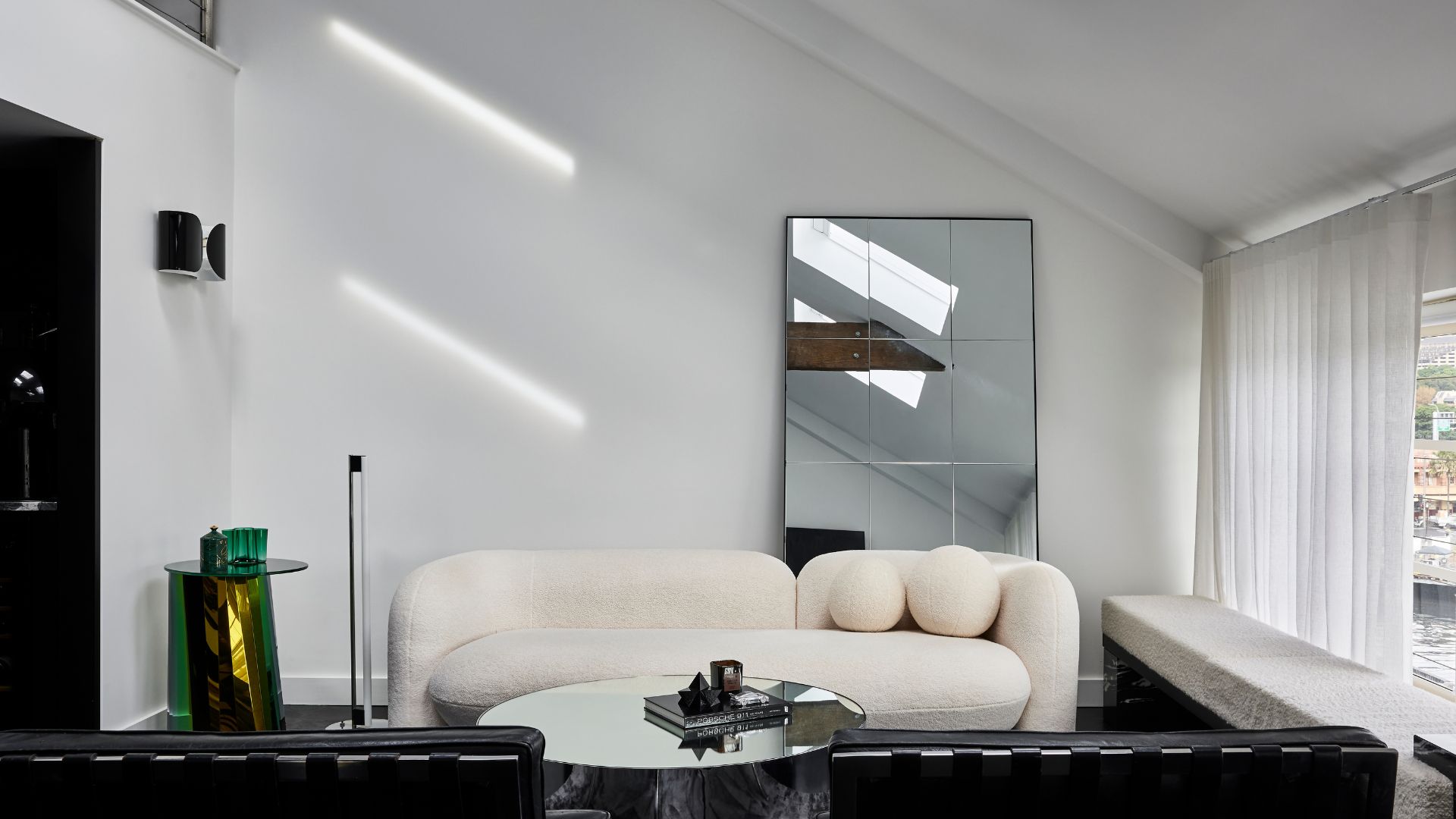 Is It Okay to Have a Mirror Facing a Door in Feng Shui? The Verdict Is In and It Just Might Surprise You
Is It Okay to Have a Mirror Facing a Door in Feng Shui? The Verdict Is In and It Just Might Surprise YouDecorating your home with mirrors calls for intention if you're dressing your space in accordance with Feng Shui. Here's what you should know.
By Amiya Baratan
-
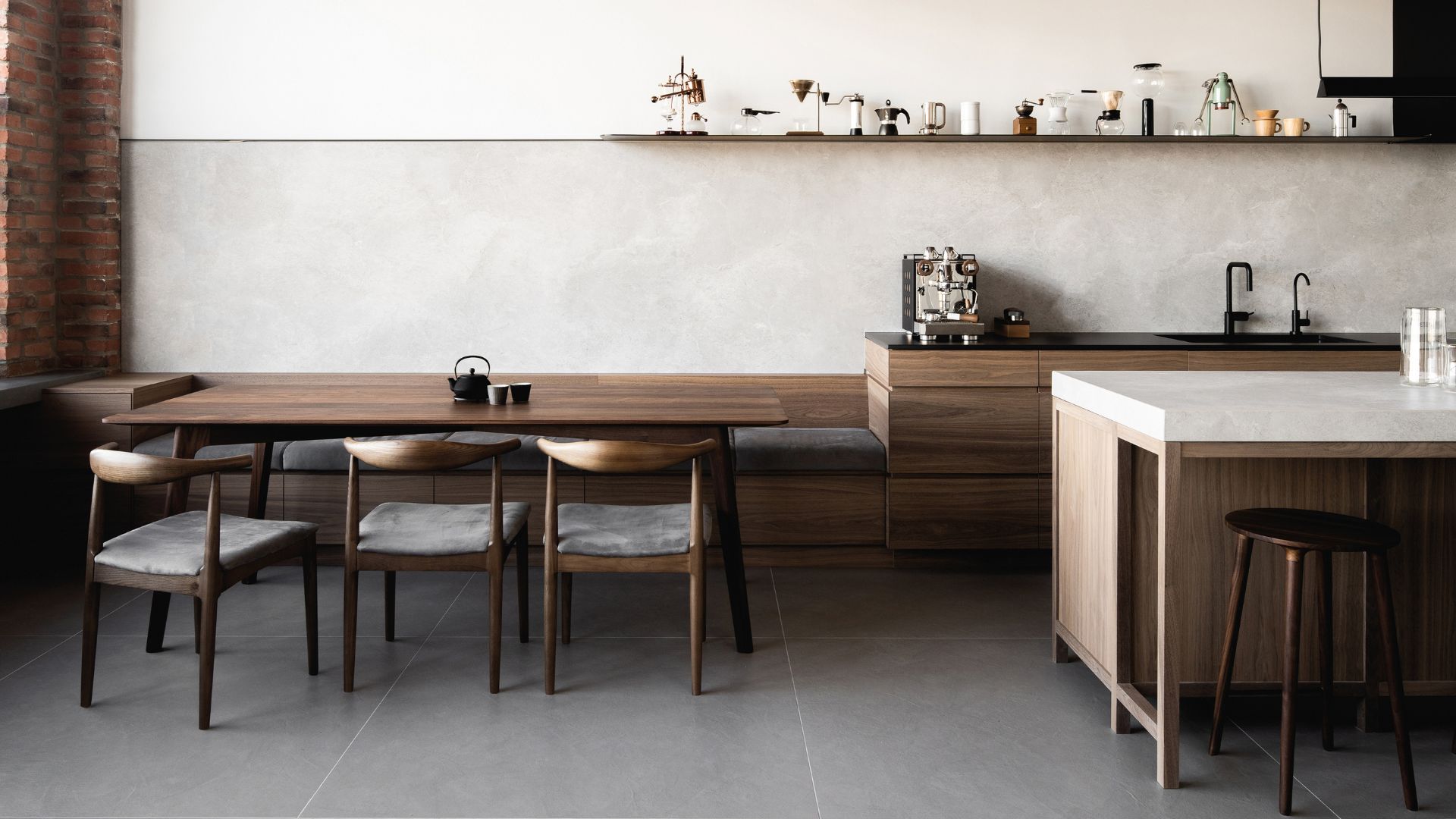 4 Things to Unpack as Soon as You Move House — For a Comfortable and Organized Fresh Start
4 Things to Unpack as Soon as You Move House — For a Comfortable and Organized Fresh StartIf you have a major move in the works and you're looking to prepare in advance, this is the starter kit you need to properly set up your new home.
By Amiya Baratan
-
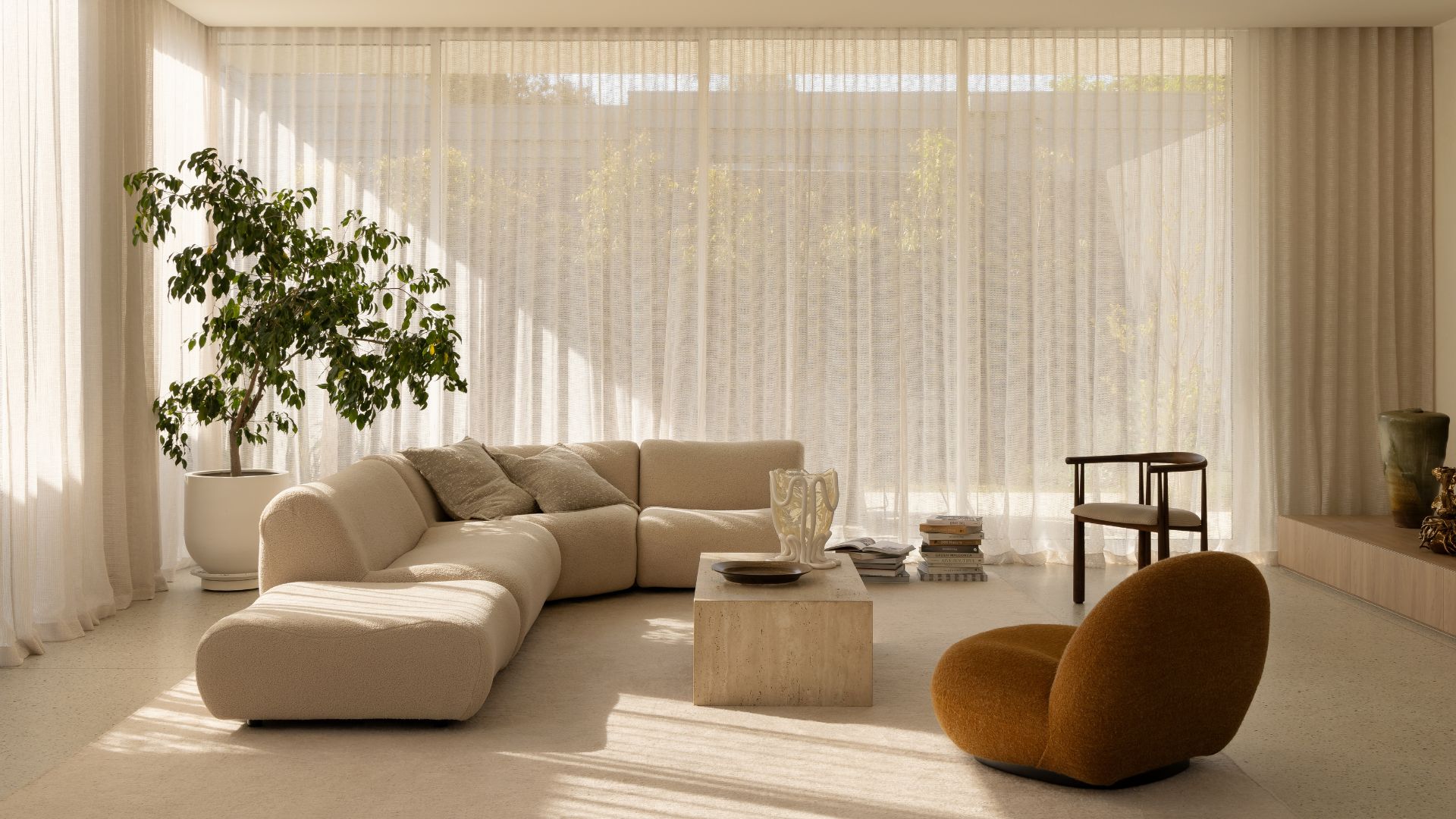 10 Decluttering Challenges to Have on Your Radar This Year — For a Tidier, More Mindful Home
10 Decluttering Challenges to Have on Your Radar This Year — For a Tidier, More Mindful HomeIf you're interested in transforming your home for the better, here are 10 decluttering challenges I recommend for a professionally tidy space.
By Amiya Baratan
-
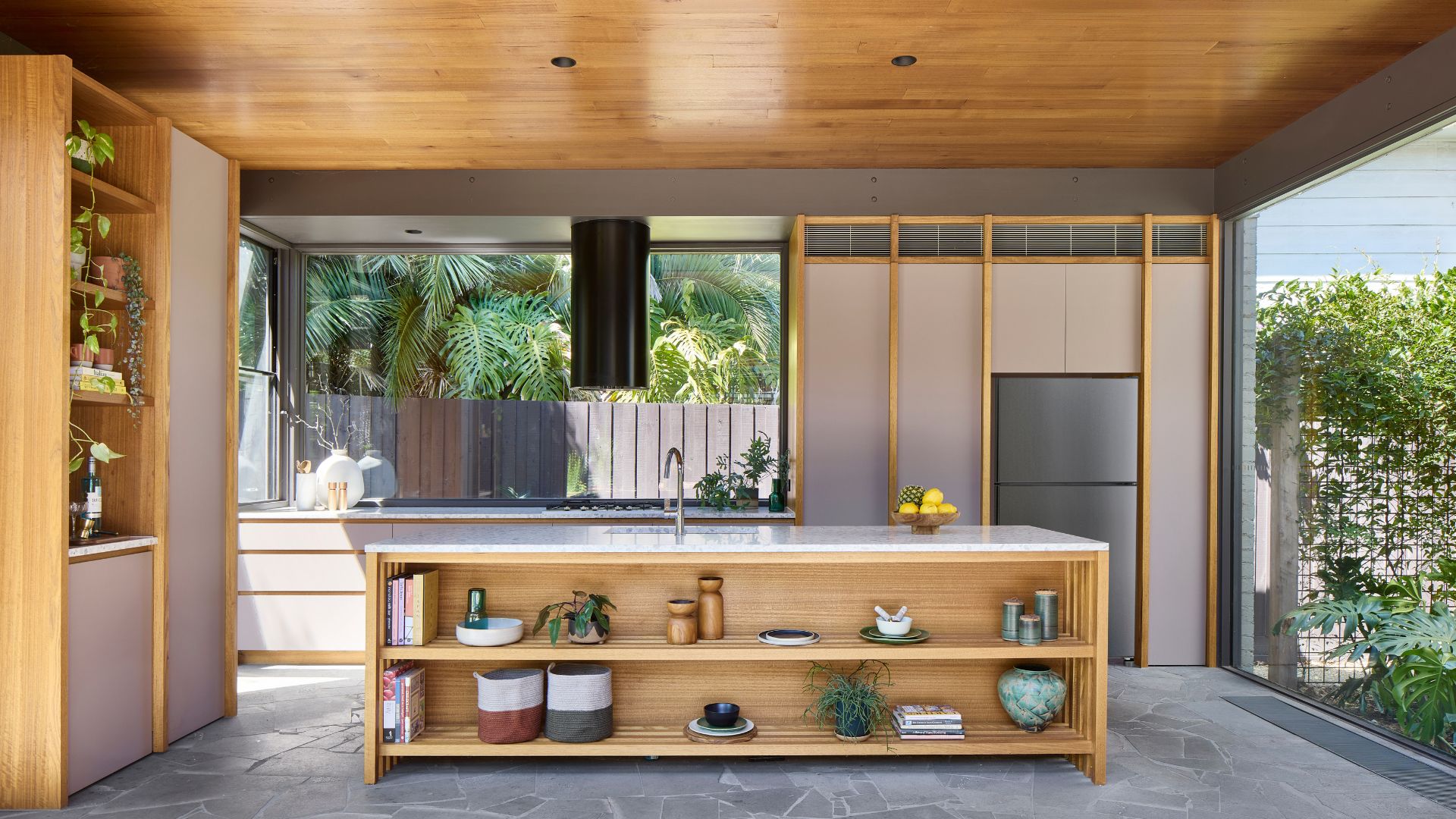 Biophilic Decluttering — What to Take Out of Your Home (and What to Put in) for a More Natural Home
Biophilic Decluttering — What to Take Out of Your Home (and What to Put in) for a More Natural HomeTry your hand at biophilic decluttering to ground your interiors, connect to the environment, and cure chronic clutter in one go. Here's how.
By Amiya Baratan
-
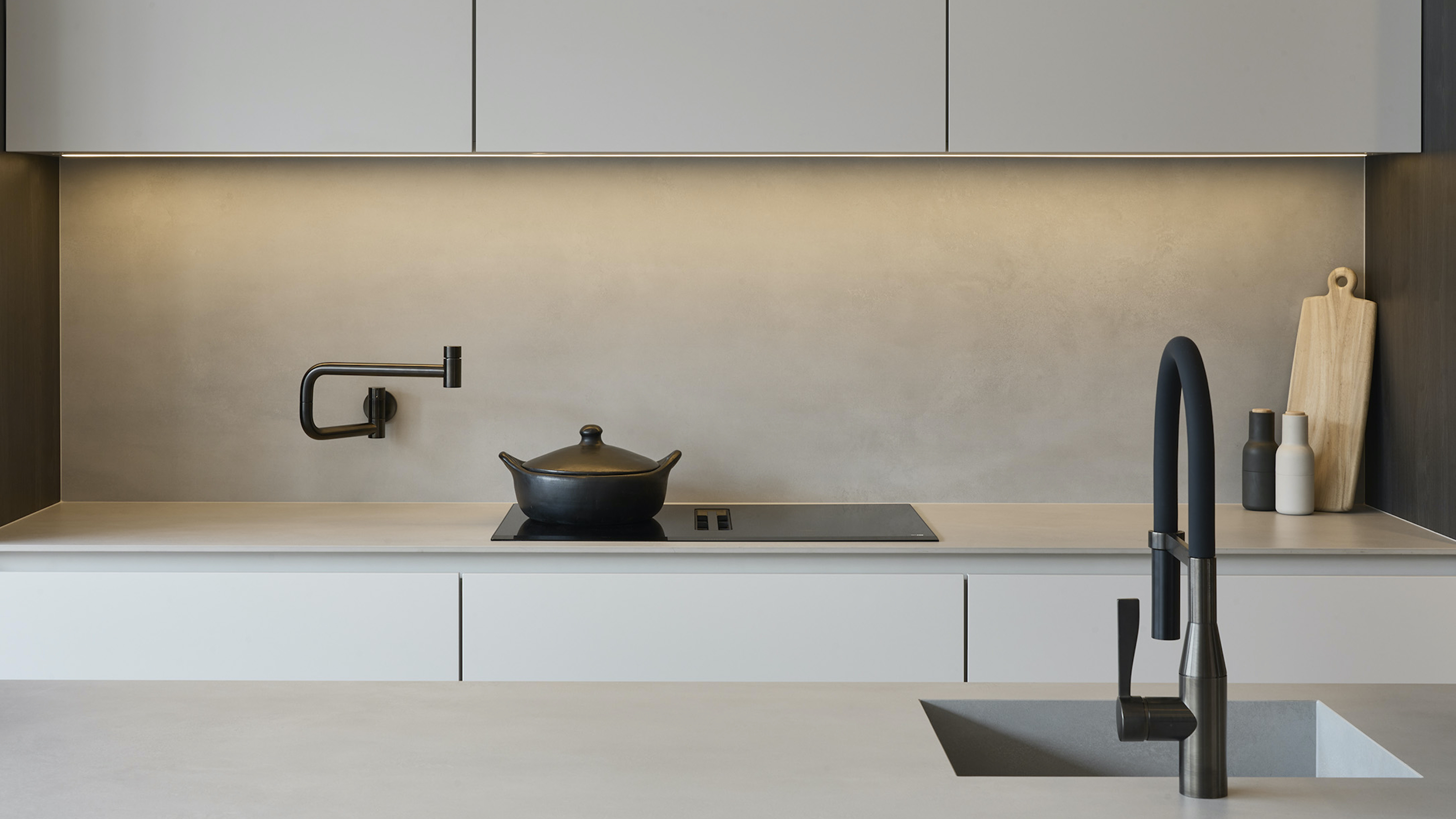 The 10 Different Types of Kitchen Taps — And the Pros and Cons of Each One to Know Before You Pick
The 10 Different Types of Kitchen Taps — And the Pros and Cons of Each One to Know Before You PickFrom sleek pull-outs to vintage bridge taps, explore 10 kitchen tap styles that mix function, flair, and a splash of cool
By Linda Clayton
-
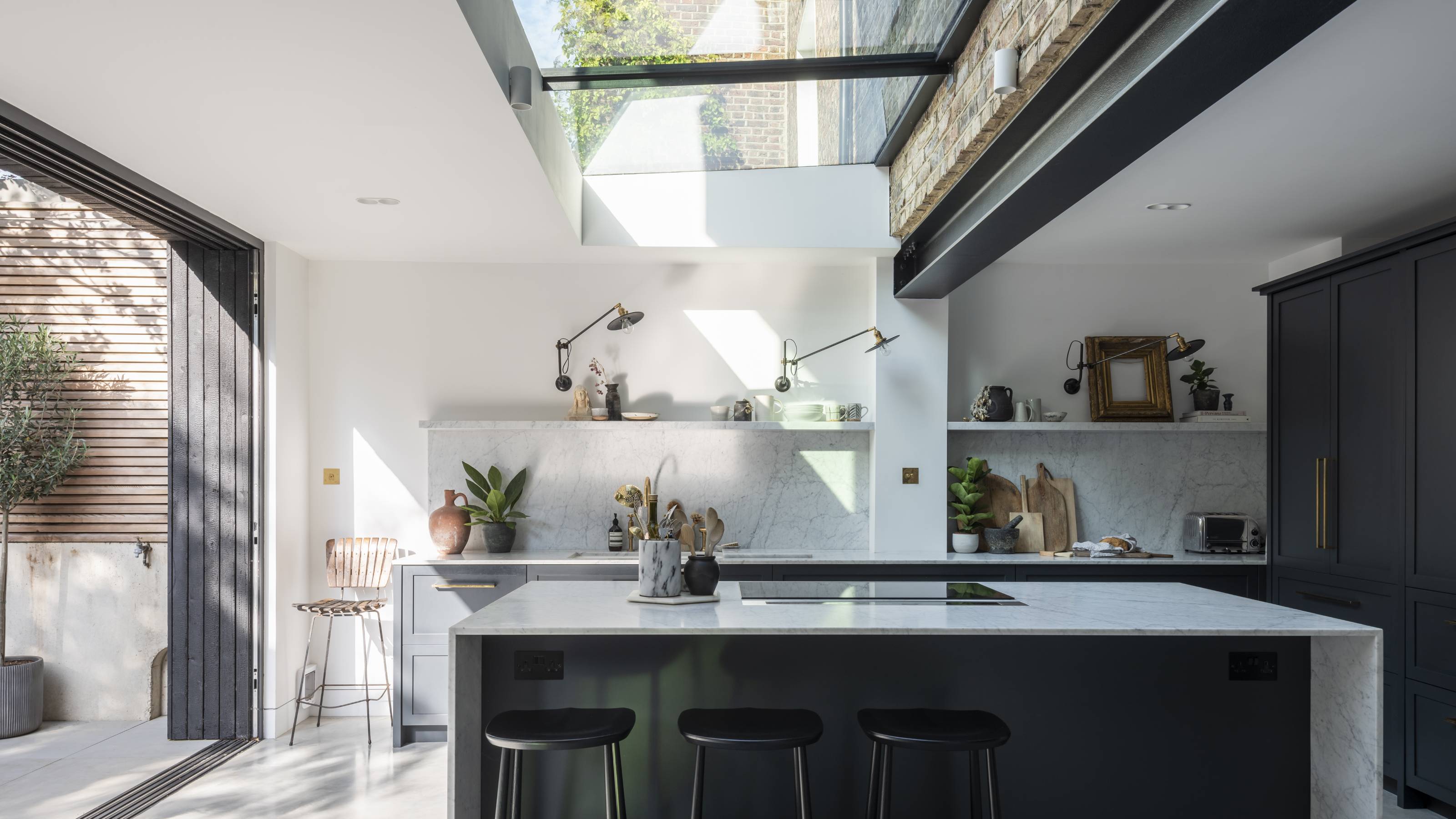 How Much Does an Extension Cost in 2025? Renovation and Design Experts Break Down Your Budget
How Much Does an Extension Cost in 2025? Renovation and Design Experts Break Down Your BudgetExplore how much different types of extensions cost in 2025 to budget for your project accurately
By Amy Reeves
